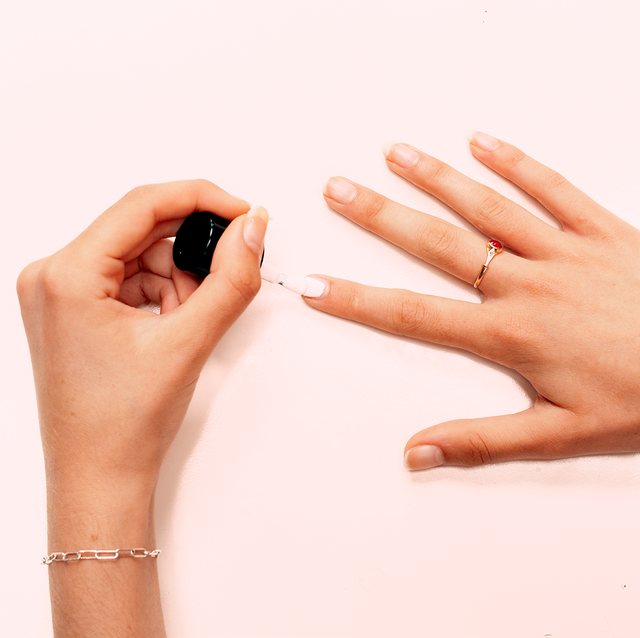 Getty Images
Getty Images
We’ve been independently researching and testing products for over 120 years. If you buy through our links, we may earn a commission. Learn more about our review process.
Being able to give yourself a proper manicure is a great skill to have, whether you’re looking to save money, can’t make it to the salon or simply prefer to DIY. But the idea of painting your nails at home can be daunting; unless you have hands that are steady as a surgeon’s, it can be tricky to achieve a professional-level look. But it is possible — as long as you have the right techniques, tips, products and tools at your disposal.
To pull off the easiest at-home manicure, professional nail artists say to skip the more complicated types of manicures and start with the basics: “The simplest nail trend is the naked manicure, which is really just showing off beautiful, healthy nails — polish can be optional,” says Syreeta Aaron, a LeChat Nails educator in Montgomery, Alabama.
If you’re a beginner, not to worry: We asked professional manicurists to spill their tips and tricks for creating a long-lasting, no-chip DIY mani. Follow this easy step-by-step tutorial and we promise you’ll be DIYing like a pro in no time at all.
What You’ll Need
The key to a "perfect 10" manicure is more than just a steady hand; having the right tools and products is key to achieving a professional-looking manicure. "The most common mistake a person can make in attempting to do manicures at home is not having all the materials needed on hand," Aaron says. "It’s good to start with a checklist of everything you need to create the perfect manicure and have it all ready to go."
You can gather the essential tools a la carte, or purchase an at-home manicure kit that already has everything gathered in one spot. Here’s what nail professionals say you’ll need:
- Nail polish remover
- Nail file
- Nail buffer
- Cuticle softener
- Cuticle pusher
- Cuticle oil
- Base coat
- Nail polish
- Top coat
At-Home Manicure Supplies
Polish Remover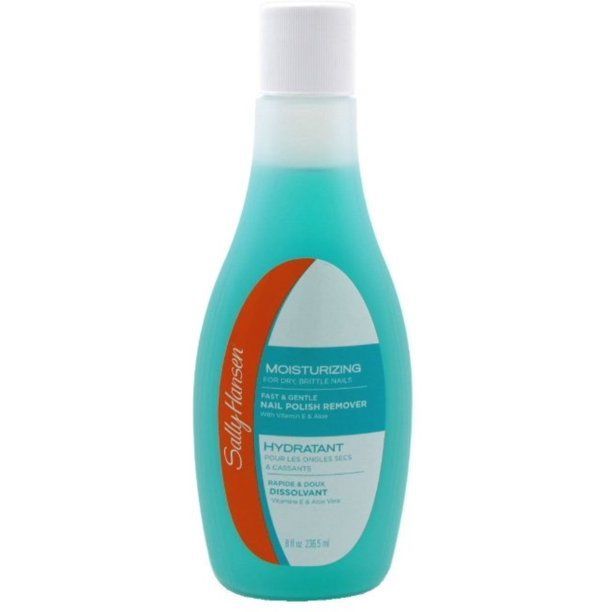 Sally Hansen Moisturizing Nail Polish Remover$7 at WalmartNail File
Sally Hansen Moisturizing Nail Polish Remover$7 at WalmartNail File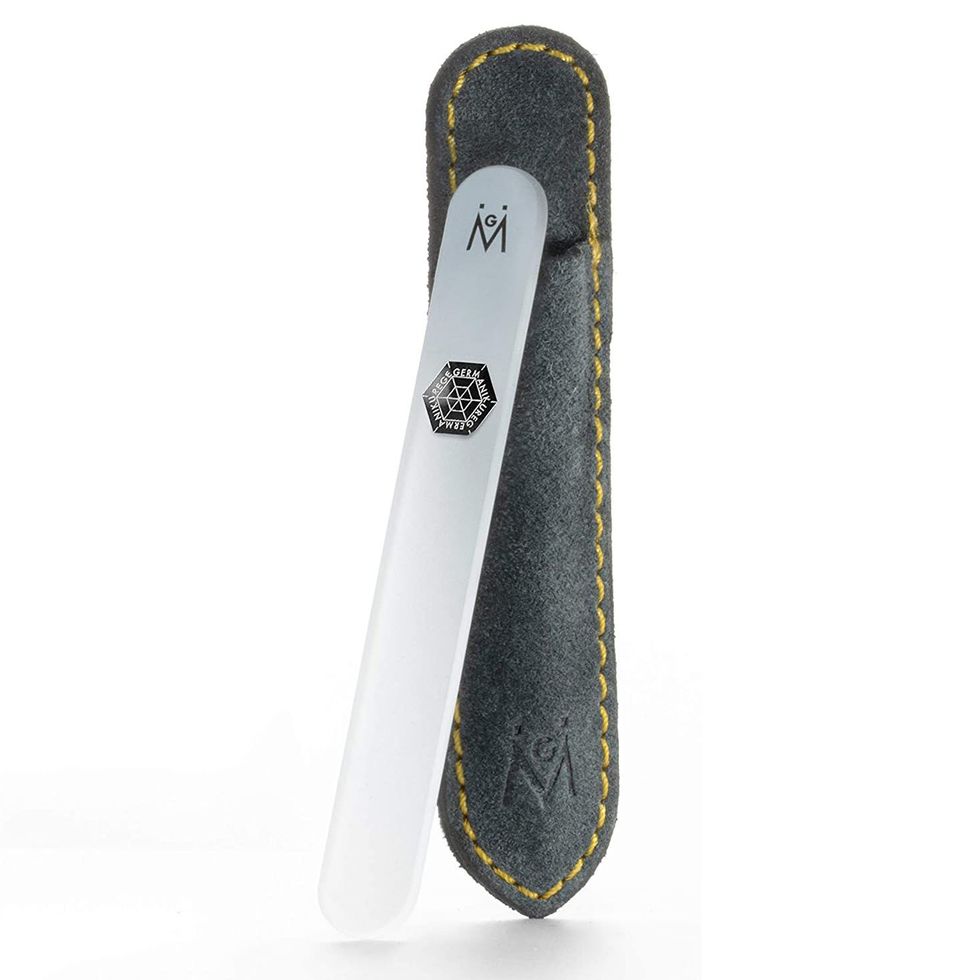 GERmanikure Czech Crystal Glass Nail File$14 at AmazonBuffer
GERmanikure Czech Crystal Glass Nail File$14 at AmazonBuffer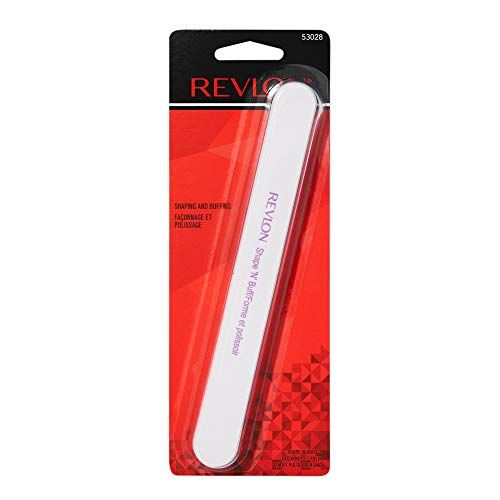 REVLON Shape-N-Buff$4 at AmazonCuticle Remover
REVLON Shape-N-Buff$4 at AmazonCuticle Remover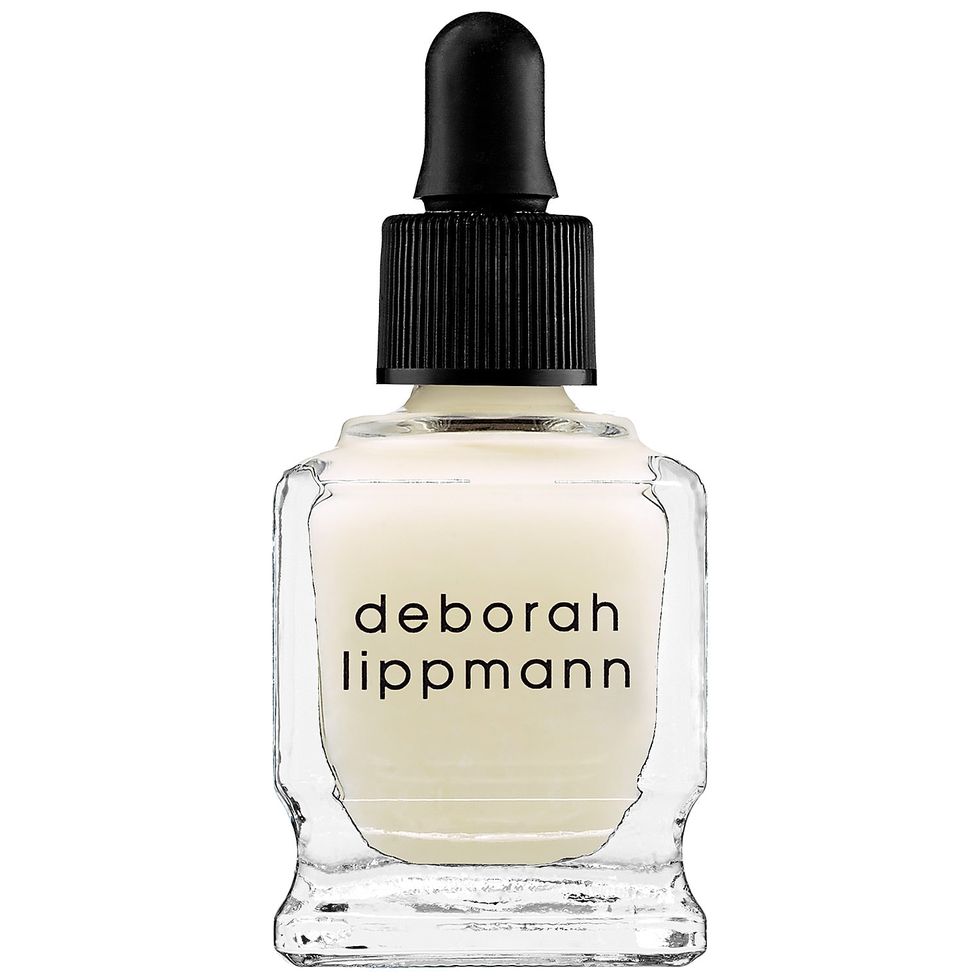 Deborah Lippmann Exfoliating Cuticle Remover Nail Treatment$20 at SephoraCuticle Sticks
Deborah Lippmann Exfoliating Cuticle Remover Nail Treatment$20 at SephoraCuticle Sticks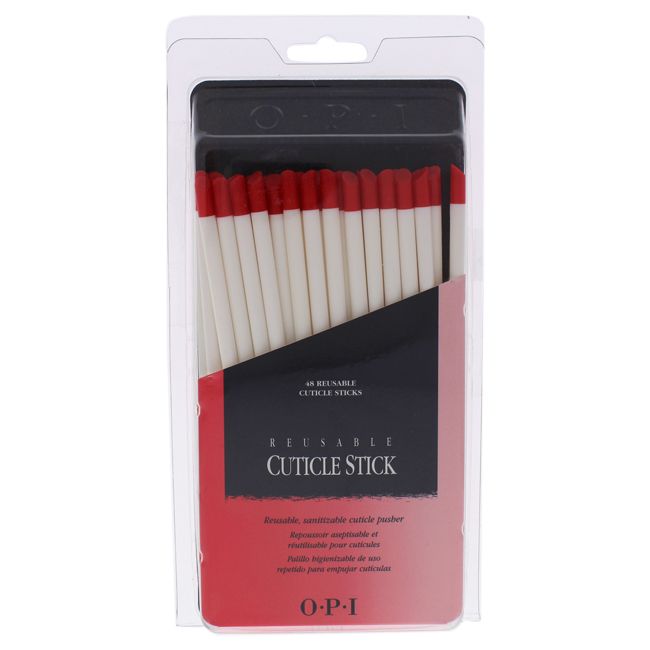 OPI Reusable Wooden Cuticle Pusher Sticks$26 at WalmartNail Oil
OPI Reusable Wooden Cuticle Pusher Sticks$26 at WalmartNail Oil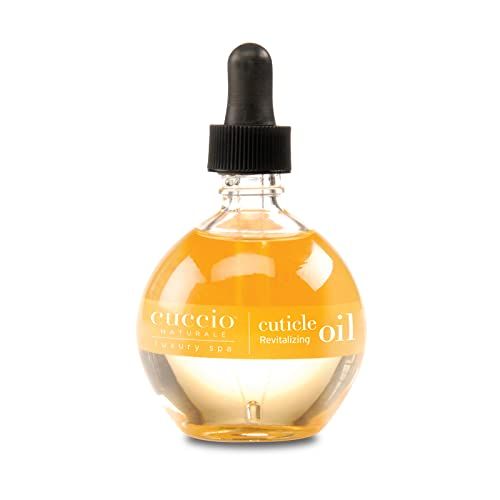 Cuccio Naturale Milk and Honey Cuticle Revitalizing OilNow 30% Off$10 at AmazonBase Coat
Cuccio Naturale Milk and Honey Cuticle Revitalizing OilNow 30% Off$10 at AmazonBase Coat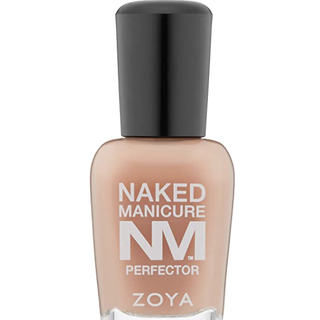 Zoya Naked Manicure Nail Perfector$12 at Ulta BeautyTop Coat
Zoya Naked Manicure Nail Perfector$12 at Ulta BeautyTop Coat Paint Box Nail Lacquer Like Glass$22 at paint-box.com
Paint Box Nail Lacquer Like Glass$22 at paint-box.com
At-Home Manicure Instructions
Now, here’s what to do, step by step.
Step 1: Prep your nails with polish remover.
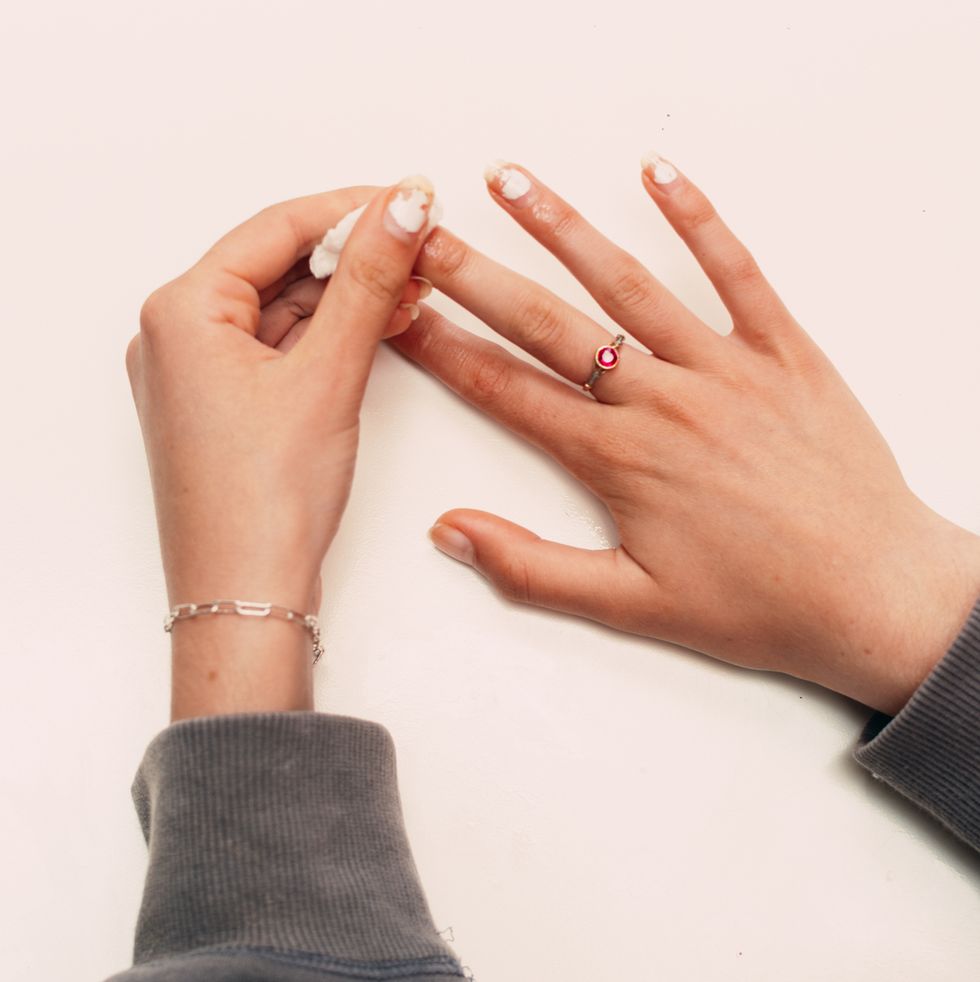 Crispin la valiente//Getty Images
Crispin la valiente//Getty Images
Start with a clean slate: “You’ll want to use polish remover to remove any previous polish,” advises Hannah Lee, a professional manicurist and Sally Hansen Brand Ambassador. Once all the polish is off, do another swipe of polish remover before your base coat. "Any oil, moisturizer or cuticle-removing products left on nails can cause bubbles in your nail polish and quick chipping," says Mabelyn Martin, Creative Director at Paintbox Nails in New York City. Lee recommends Sally Hansen Moisturizing Polish Remover, which is made with conditioning ingredients.
Take Note: Avoid soaking your nails, as it can lead to chipping: "Soaking your nails causes the nails to expand," explains Suzi Weiss-Fischmann, co-founder of OPI, which can cause polish to crack after your nails dry and shrink back to their original size.
Step 2: File and shape.
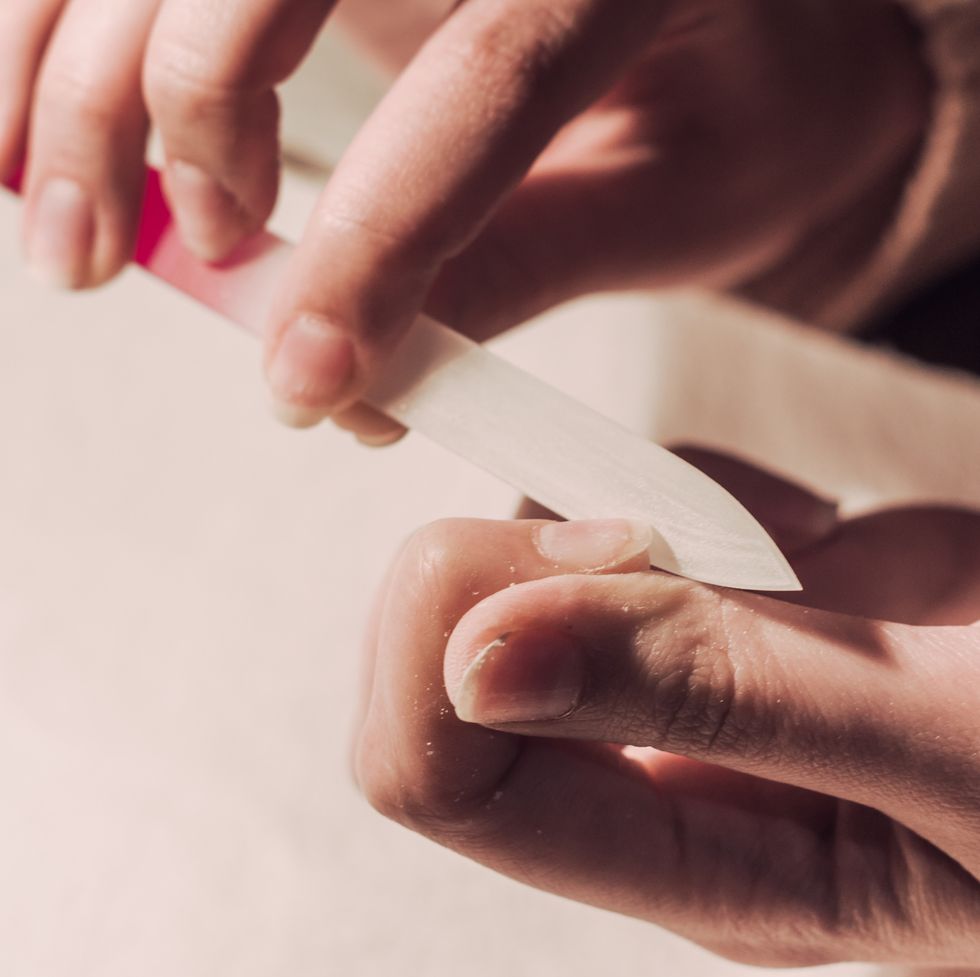 Lukasz Soltan / EyeEm//Getty Images
Lukasz Soltan / EyeEm//Getty Images
"Nail filing is important to help maintain uniform length and shape of the nails and can also keep them from breaking or any uneven edges from snagging and causing damage," Weiss-Fischmann says. When filing your nails, first choose your desired nail shape. For a functional everyday look, opt for a shorter style, like round nails or square nails, which are easy to maintain. For a more elegant look, try an elongated almond shape.
Take Note: When you are filing, file in one direction, as a back-and-forth motion "can tear your nail," Aaron warns.
Then, get filing: While a classic emery board works, glass nail files are gentler, making them great for weaker nails; they also help to minimize chipping, Martin says (she recommends Germanikure Crystal Glass File). "Filing with a glass nail file continues to keep your nails healthy by keeping the keratin within your nails," adds Weiss-Fischmann.
Step 3: Start buffing.
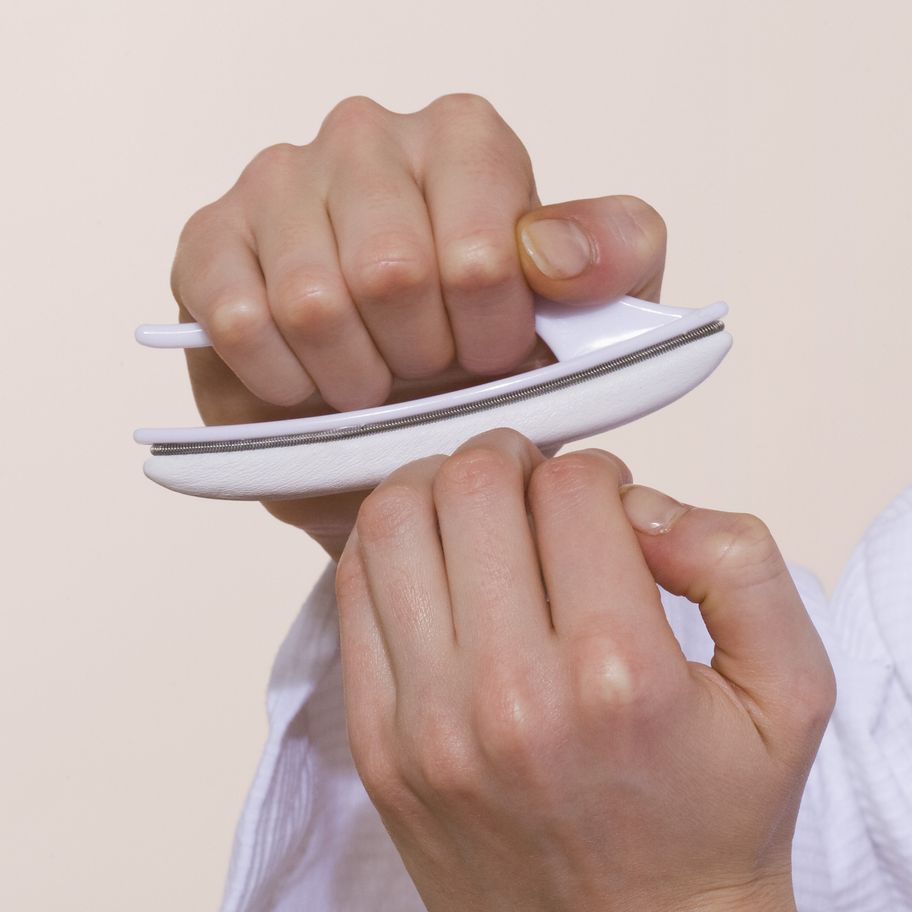 Jupiterimages//Getty Images
Jupiterimages//Getty Images
After you file your nails, you’ll want to use a nail buffer to buff them, which smooths your nail surface, helping polish glide on easily and flawlessly. "Buffing is good for the nail plate and enhances natural shine when done with a four-way buffer block," Aaron says. (Try the Revlon Shape-N-Buff All In One Nail Buffer.) But don’t go too hard. "It’s easy to over buff, which can lead to dry nails," Weiss-Fischmann says. "Minimal buffing is best; you don’t want to take off too many layers and thin out your nail." She recommends six to 10 strokes of buffing, "stroking the buffer across the nail in an ‘X’ pattern."
Step 4: Push back your cuticles.
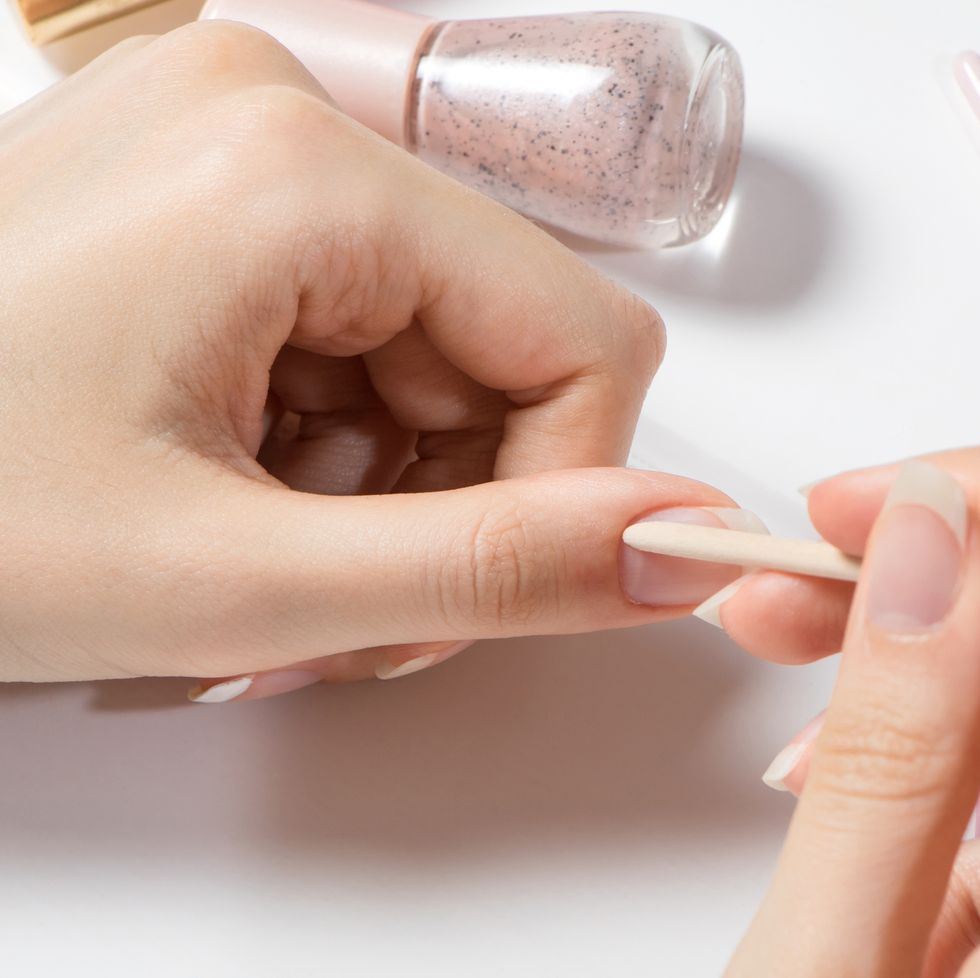 Natalya Sambulova//Getty Images
Natalya Sambulova//Getty Images
While a nail pro may cut your cuticles, DIYers may want to avoid it, depending on your skill level. The nail pros we spoke to only recommend pushing back cuticles when doing a manicure at home. “I would highly recommend getting them cut professionally by a licensed nail tech because if done incorrectly, damage to the matrix can cause infection or permanent nail ridges," says Weiss-Fischmann.
Opt for a cuticle softener to help make the process easier; Martin recommends Deborah Lippman Exfoliating Cuticle Remover Nail Treatment. Apply it around the cuticles and under nails, wait for three to five minutes, then gently push cuticles with a cuticle stick (Weiss-Fischman recommends OPI Reusable Cuticle Sticks), then wash the excess away. “Use a buffer to clear away any lifted cuticle left around the edges and use a nipper only to gently trim away any hangnails on the sides," Martin says.
After taking care of your cuticles, massage in a few drops of cuticle oil, which will help improve your nail health and extend your manicure, Martin says. Just remember to wash your hands before you start painting, as any oil left on your nails can prevent polish from adhering.
Step 5: Apply a base coat.
A base coat is essential, as it protects your natural nails and helps your polish stay put. “Skipping the base coat is a common mistake people make when trying to DIY a manicure,” Weiss-Fischmann says. “The main purpose of the base coat is to act like a glue for your nail lacquer to adhere to and protect your nails against staining." Try Zoya Naked Manicure Buff Protector, Martin’s go-to.
Step 6: Apply several coats of color.
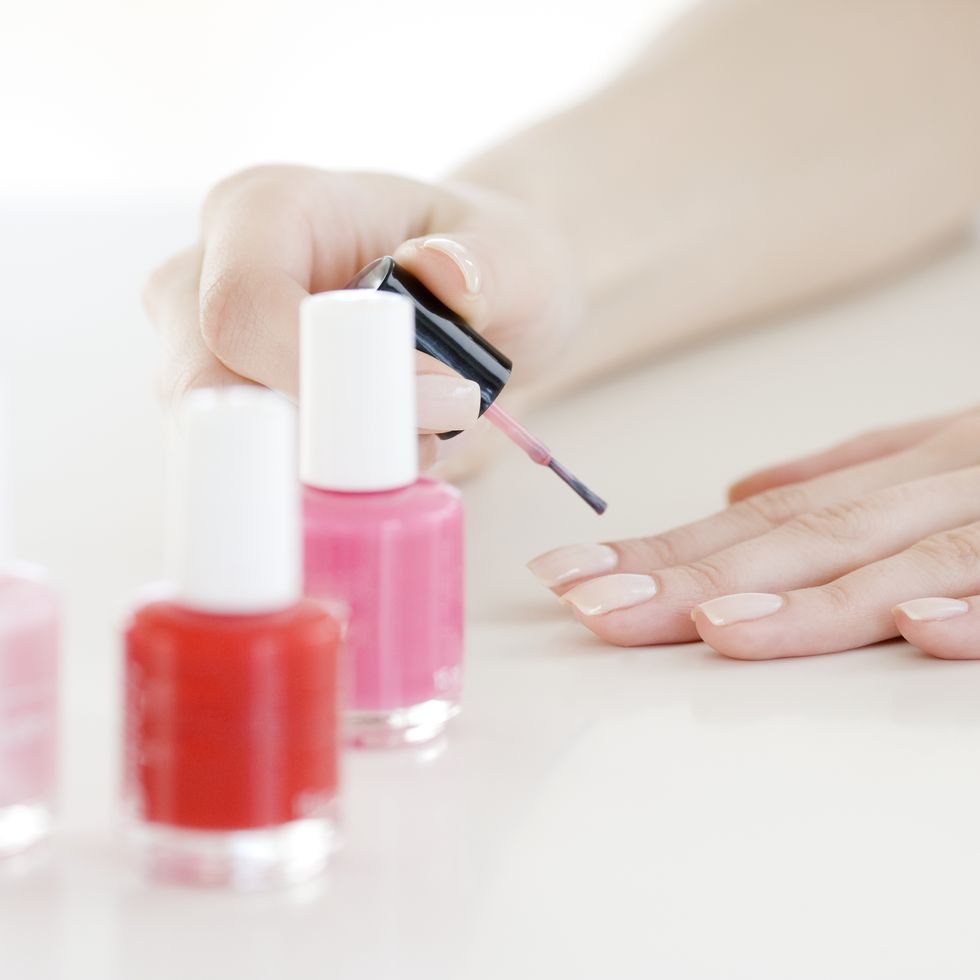 Jamie Grill//Getty Images
Jamie Grill//Getty Images
Now it’s time to paint on color! “Two coats are standard but if the polish is opaque and has good pigmentation, one coat can do the job,” Martin shares. However, for lacquers or shades that tend to be streaky (white is one of them), Martin encourages DIYers to “apply three thin coats,” but cautions that “too many coats will take longer to dry and can begin to look uneven.”
But it’s not just about the number of coats — application also matters. "Try starting your first coat by not painting too close to the perimeter of the nail. Get closer to the edge and cuticle on the second coat to prevent polish from flooding around your nails," coaches Martin. To make your manicure last, "make sure to give the tips of your nails a swipe horizontally so they are thoroughly coated," Weiss-Fischmann instructs.
Step 7: Finish with a top coat.
Now it’s time for the top coat, to seal in all of your hard work. A good top coat will ensure your manicure lasts longer by protecting your color from wear-and-tear and environmental elements like water and sunlight, which can cause chipping.
Take note: “You can apply your top coat every few days to extend the longevity of your manicure," Weiss-Fischmann advises. Try Paintbox Nail Lacquer in Like Glass, Martin suggests.


